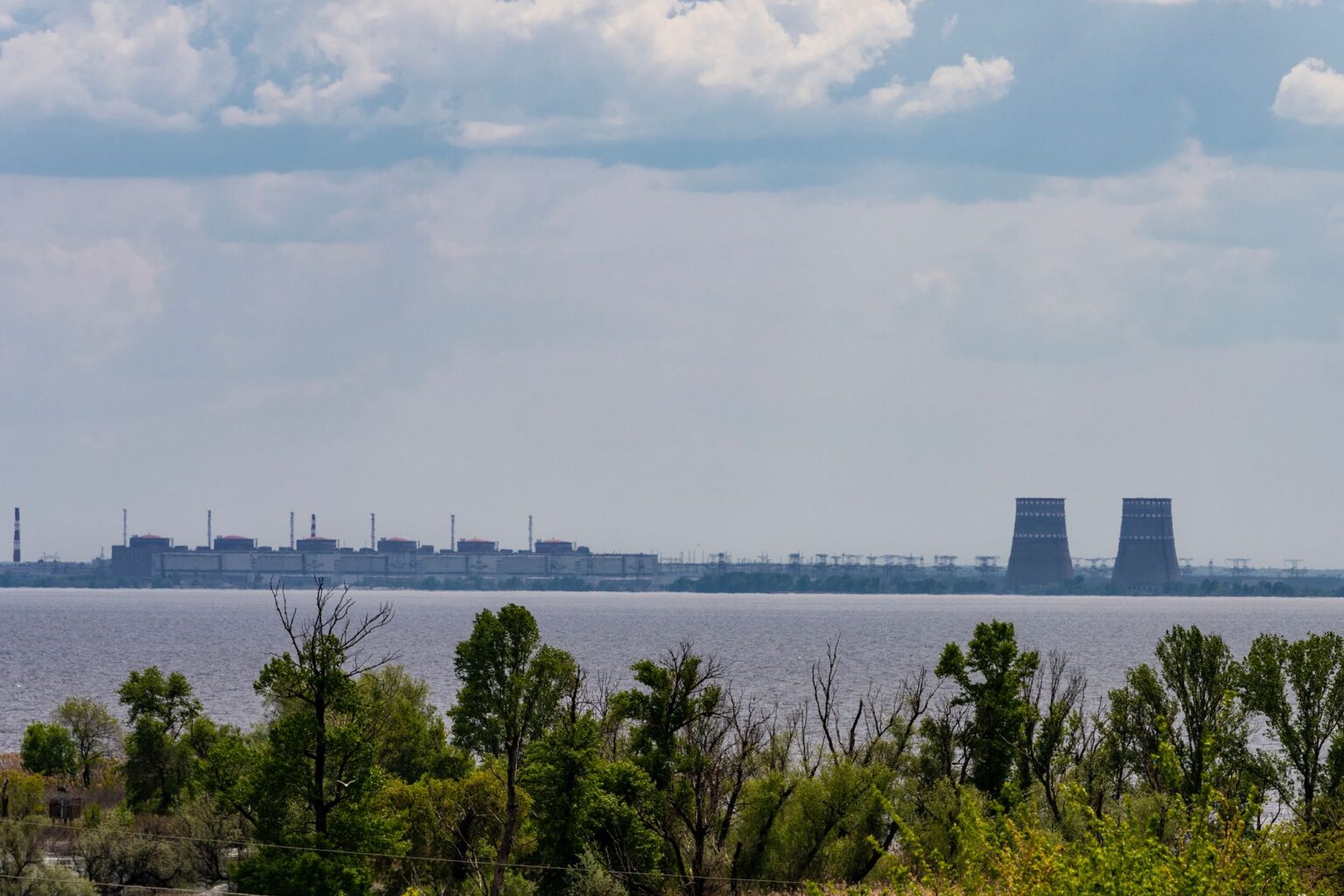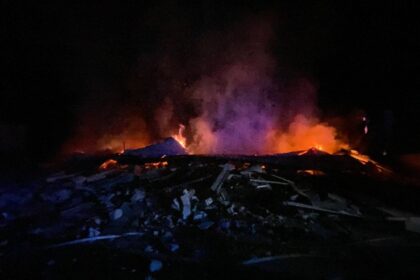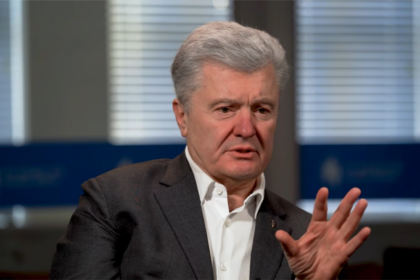**Russia Builds Power Lines to Connect Occupied Zaporizhzhia Nuclear Plant to Its Grid**
A disturbing development in Ukraine has come to light, with Russia constructing power lines to connect the occupied southern region of the country to its energy grid. According to a report by The New York Times, satellite imagery shows that Russian forces have laid over 80 kilometers (49 miles) of high-voltage lines between Mariupol and Berdyansk, following the coastline of the Sea of Azov.
This move is seen as an attempt by Russia to link the Zaporizhzhia Nuclear Power Plant (ZNPP), Europe’s largest nuclear facility, to its energy grid. The plant has been under Russian occupation since March 2022. Greenpeace experts believe that the construction aims to connect the new lines to a large substation near Mariupol, which could be linked to the ZNPP.
**Safety Concerns and International Reactions**
The safety of the ZNPP has been a major concern for months, with multiple emergency shutdowns and power disruptions reported due to shelling and the presence of armed troops. The International Atomic Energy Agency (IAEA) has repeatedly expressed its concerns over the safety of the plant.
The construction of power infrastructure indicates long-term intentions by Russia to seize control of Ukraine’s energy assets in the occupied regions. Russian President Vladimir Putin has repeatedly asserted ownership over the ZNPP, despite Ukraine retaining control over much of Zaporizhzhia Oblast.
**U.S. Proposal Rejected**
A proposal by the U.S. to return control of the ZNPP to Ukraine before transferring its management to the U.S. was rejected by Russia. The U.S. has yet to take concrete steps to pressure Russia into ending its full-scale invasion of Ukraine.
**Other Developments in Ukraine**
In other news, Russian forces launched 60 drones against Ukraine overnight from various locations, including occupied Crimea and Russian cities. At least 206 Ukrainian soldiers died in Russian captivity after being repatriated to Ukraine. The EU is set to formally approve a 150 billion euro defense spending plan amid Russia’s war against Ukraine.
**Commentary and Analysis**
The construction of power lines by Russia to connect the ZNPP to its grid raises serious safety concerns and indicates long-term intentions to seize control of Ukraine’s energy assets in occupied regions. The rejection of the U.S. proposal highlights the need for concrete action from the international community to pressure Russia into ending its invasion.
The recent drone attacks by Russia demonstrate a new tactic, launching drones at high altitudes and using them to target civilian infrastructure. This indicates a willingness by Russia to use unconventional warfare tactics to further its goals.
**Conclusion**
The situation in Ukraine remains volatile, with multiple developments indicating a continued escalation of the conflict. The construction of power lines by Russia to connect the ZNPP to its grid raises serious safety concerns and highlights the need for international action to pressure Russia into ending its invasion.












